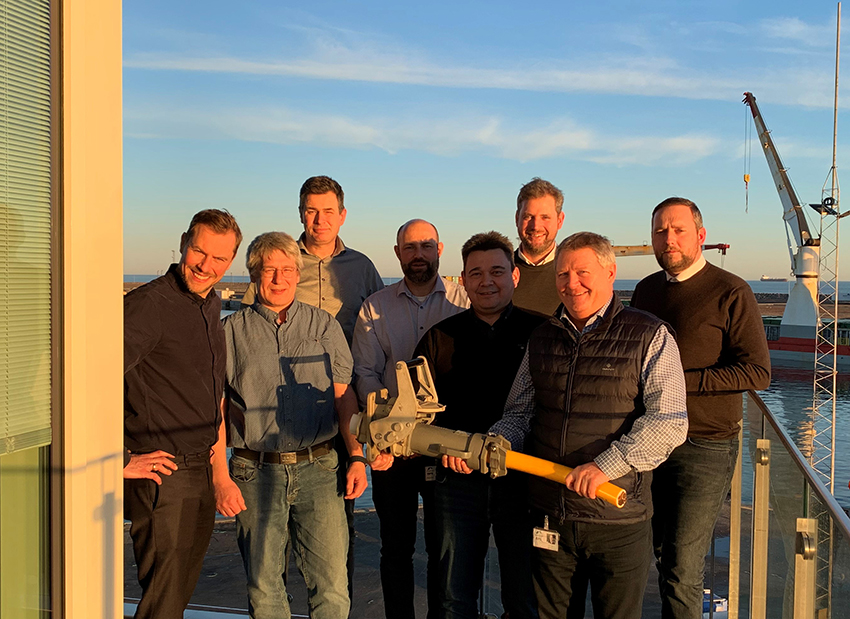The project Green Supply Chains aims to contribute to green fuel- & electrification strategies. One of our project partners - Port of Skagen, has taken their first action recently. Together with Danish Pelagic Producers' Organisation (DPPO), the fishing vessels HM 379 Lingbank and HG 265 Asbjørn, Port of Skagen has entered a groundbreaking collaboration, which further powers the green electrification in Danish fishing industry.
The goal of the collaboration is to establish a shore power plant to supply fishing vessels with green energy during energy-intensive unloading operations and cargo cooling while the vessels are in port. At the same time, the vessels will also be converted to be to able to receive power from the new plant. This collaboration marks a significant step towards a greener future for pelagic fishing vessels.
As a co-lead in work package 1, Port of Skagen will develop a flexible Onshore Power Supply (OPS) solution that especially fits for small ports: Semiautomatic and integrated crane will be constructed, and test-run will be taken place at Port of Skagen. This cooperation is one of the trials in green transition and will contribute notably to the shore electricity solutions for NSR ports.

DPPO’s director, Esben Sverdrup-Jensen, highlights that the project will enable vessels to use electricity for cargo cooling and unloading operations at the port, a substantial shift from the traditional use of the vessel's diesel-powered main engine and generator. DPPO aims to operate climate-neutral pelagic fishing by 2040. With green shore power, it is expected that the Danish pelagic fleet can reduce the annual CO2 emissions by 5-8%, meeting the Government's 70% reduction goal by 2030 - compared to 1990 levels. It is a crucial step towards ensuring climate-neutral herring and mackerel for consumers by 2040.
Willy Hansen, Director of the Port of Skagen, emphasizes the project's importance for the port, resolving the "chicken and egg" dilemma. The collaboration ensures that investments in both shore power facility and vessel conversion take place simultaneously. Port of Skagen would find it challenging to invest in the facility without assurance that vessels could be able to use power, and fishermen would hesitate to invest in vessel conversion without the necessary power available at the port. Starting from February 1, 2024, Port of Skagen will exclusively sell and use green energy, aligning with the port’s sustainability strategy. With the new facilities and vessels ready to receive power, there will be a significant reduction in noise and emissions in the harbour.
This new collaboration marks the start of a process supporting the green transition in the fishing industry, and it is expected that many more fishing vessels will undergo conversion in the future. The project, partially funded by EU funds from the European Maritime, Fisheries, and Aquaculture Fund (EMFAF) and national funds, is part of the 'Green Transition Fisheries' initiative managed by the Danish Fisheries Agency. Called 'Power for the Pelagic Fleet – Zero Emissions at the Dock,' the project runs for two years from January 2024 to December 2025, with total costs of DKK 5.7 million for vessel conversion and shore power facility establishment.
Through the experiments and future workshops, Port of Skagen will be able to share the precious experiences in greening port operation within the network of Project Green Supply Chains and benefit more European ports.
For more information visit:
